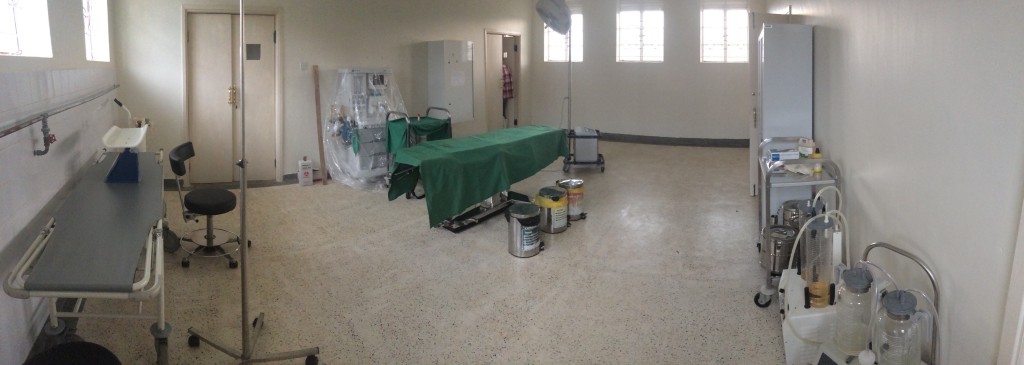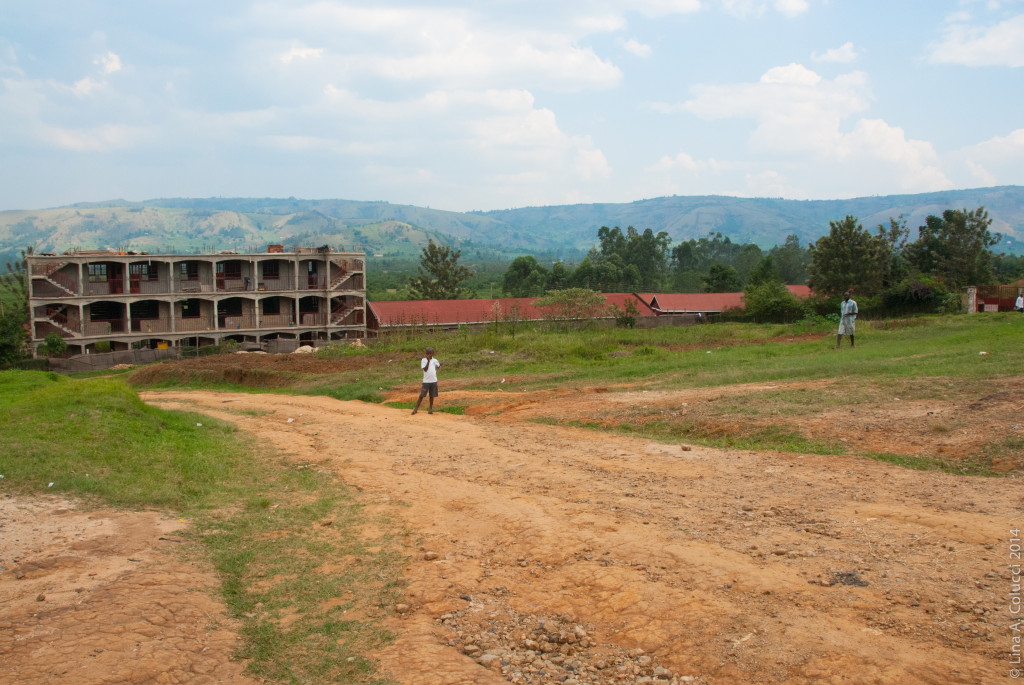I visited the Kinoni Health Center in Uganda. Below is their in-patient building.

We entered the various wards with patients laying on metal bed frames with dirty strips of foam. We stood in the middle of the room and were told about the health clinic as the patients stared back at us. I felt offensive. I tried to make eye contact and smile, but the women were unamused.

The center runs out of water on a regular basis, which means clinicians do not have water to wash their hands after procedures. The center does not have money for furniture and so many of their patients are left standing up. This is a tiny box that patients sit on to get discharge instructions.

A box of condoms is left close to the door of the health clinic.

A hand-drawn poster charting the HIV Incidence Rate at the clinic in 2013.

A variety of public health posters are taped up across the health clinic. This one had been there for a little too long.

The operating room was large and clean. In order to enter the OR facilities it was necessary to take off street shoes and put on designated white rain boots. One remaining pair can be seen in the photo below.

There is one surgical light in the OR. A modern anesthesia machine is covered up in plastic to keep it clean. Scalpels are locked away in a wooden cabinet.

Used vials are thrown away in a wheelbarrow outside the clinic.

The ambulance is a white pick-up truck. Uganda has one of the highest road accident rates in the world.

Looking out on the town of Kinoni from the health clinic.

This eye-opening visit was made possible by CAMTech (Consortium for Affordable Medical Technologies). My visit was part of the kick-off to the 2nd annual CAMTech-MUST Medtech Hackathon in Uganda. As a Co-Director of MIT Hacking Medicine I had the privilege of traveling to Uganda to help facilitate and mentor at this hackathon. CAMTech is doing incredible work. I encourage everyone to check out their amazing video and follow them on facebook to stay up to date with the innovation awards that they offer each year.









